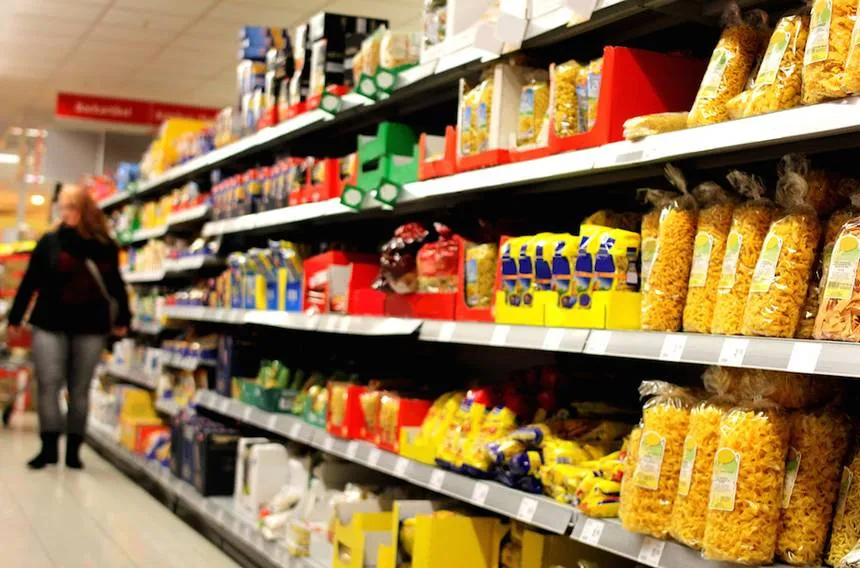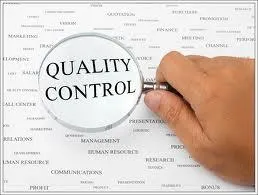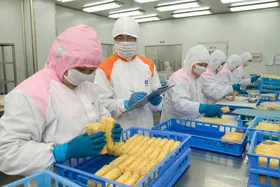Food Quality
It is common to people who stay or were born in my locality to "check" the quality of bread by "pressing" it. If it feels soft then they nod because that must mean it is fresh and if it doesn't you see a slight frown on their faces as they drop that to check another. Well quality of bread or food in general goes beyond that.

Different definitions have been given to the term "quality" but these definitions contains some key words which bring out the exact meaning of the word.
Quality can be defined as a periodic and essential characteristics of a product. It is a distinctive property or characteristics., the degree of excellence and 'fitness for use'.
According to the American National Standard Institute (ANSI),
quality can be defined as the totality of features and characteristics of the product or services that bears the stability to satisfy stated or implied needs.
From these two definitions, we apply that quality can either be viewed as:
- fitness for use or
- conformance to standard.
"Fitness" is of course strictly the perception of the user. A good quality product is one which fulfills consumer's expectations.You know those characteristics and features of the products which differentiates one product to another? They contribute to the degree of acceptability or rejection of that product by the potential user.
With particular reference to food, the word 'quality' can be used to refer to those parameters which makes food agreeable to the person eating the food.
Such parameters include: colour, flavour, texture and taste (sensory parameters or organoleptic properties); nutritional value (freedom from harmful substances). These parameters are considered in relation to a given standard or specification.
Food quality parameters can be grouped into two namely:
Variables
Attributes
Variable quality parameters are those which are measurable and can be obtained in figures e.g protein,content, fat content, alcohol content, carbohydrate content.
while Attributes are quality parameters that can either be conforming or deviating from specification. E.g colour, flavour sensory parameters.
Let's understand that attribute does not necessarily give the degree of goodness or badness of a product whereas, variables provides more information. Also, it produces more reliable results since their using a standard instrument unlike attribute which are generally measured subjectively usually to bias.
These measurement are of two types:
- objective e.g laboratory equipment
- subjective e.g sensory
Some parameters common to food products that can be measured objectively with this variables using equipment like calorimeter to measure the colour of the product
the result of such must be correlated with subjective measurements, these is because even if the result of the measurement indicates conformance and the specification, the final judge of the product is the consumer through the use of sense organs (eyes).
The discussion on food quality would not be complete without mentioning quality control as it is a paramount area of food quality determination.

QUALITY CONTROL
Quality control involves all the operations, techniques, activities which are employed before, during, and after processing of food in order to satisfy quality requirements and to ensure the resulting product meets acceptable level. With quality control, standards are checked. As it is an internal regulatory process through which we establish a standard measure, defined quality parameter and act on any differences. Parameters like: colour, texture, absence of defect, safety of product, nutritional value, flavour, aesthetics, packaging, price.

Food producers need to incorporate quality control in their manufacturing processes as it helps in:
- Meeting consumers satisfaction at the cheapest price and be easily achievable in time to order to meet production and delivery schedule.
- Ensuring the maintenance of set of standards by producing goods that are uniform quality with little or no derivation
- It help to reject different forms of deviation in manufacturing goods and service and eliminate causes of such variation
- Ensures that product quality conform to the requirement of regulatory agencies such as WHO, NAFDAC. ISO, SON etc
- Detection of defective products by monitoring production process and providing corrective measures.
- Quality content can be used to obtain valuable information on the effectiveness of workers, the depth of lapses are encountered
- It helps in identifying problems in the production process often called trouble shooting.
I can't tell you how proud I am to be a Food Scientist seeing that we carry out these activities to ensure food is safe and fit for human consumption.